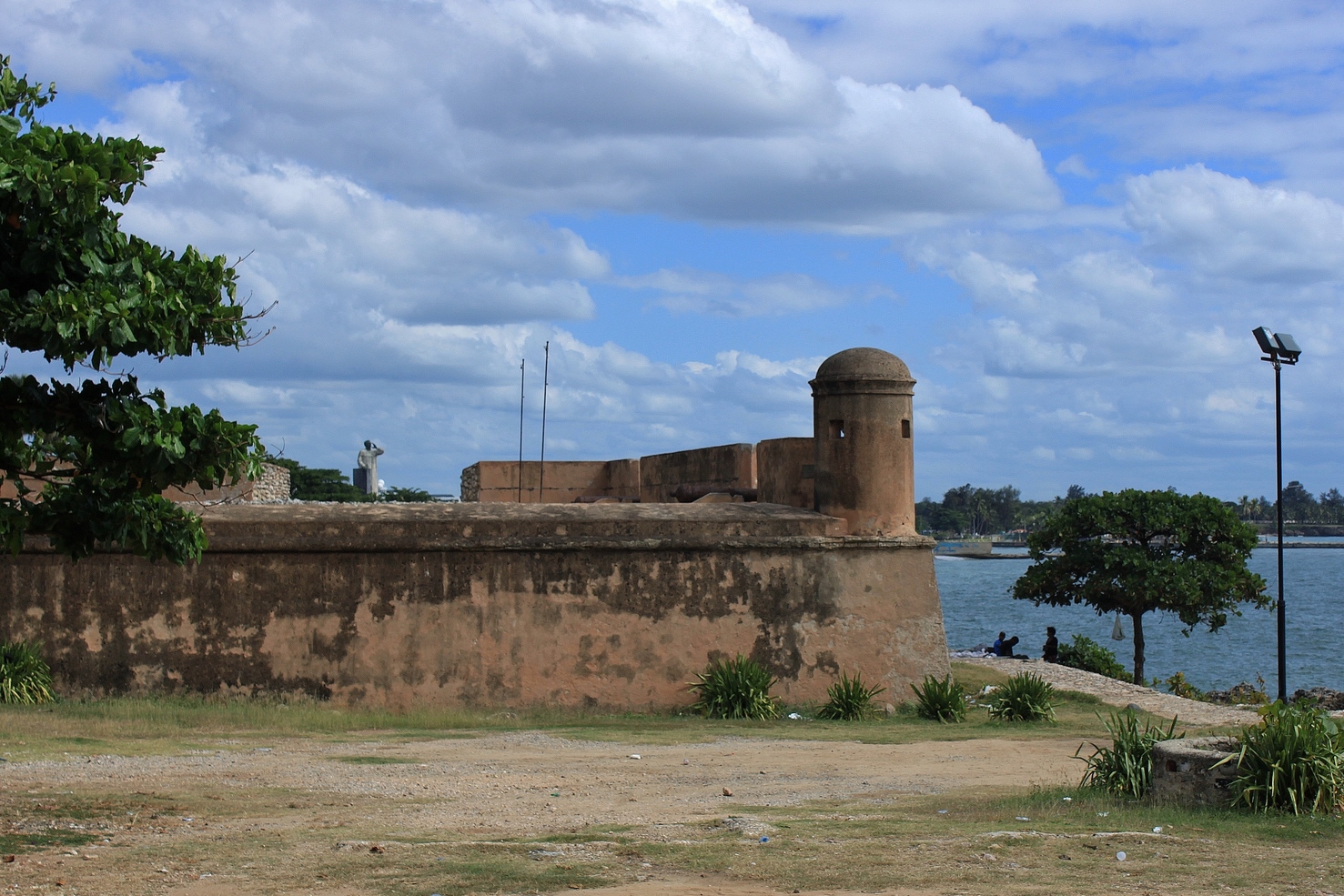Santo Domingo, Dominican Republic, and San Juan, Puerto Rico, were the two first cities the Spanish built in the Americas, in that order. But the histories of the two cities located on two neighboring islands in the Caribbean and only 254 miles apart could not be more different. A close look at the architecture in these two cities makes this evident.
Santo Domingo became the early hub of all Spanish activities in the Americas and was booming in the first half of the 16th century. The first stone houses were built there in 1502, just ten years after Columbus first had arrived, a real audiencia was established in 1511, and a magnificent cathedral followed. All early conquistadors, like Cortés and Pizarro, came through this city, owned or rented houses, and spent months or years preparing for their respective conquests. The earliest fortifications were built starting in 1502, and in the 1540s a city wall was built to protect the entire city. Yet, building activity dropped off in the second half of the 16th century, and the fortifications remained modest in size and scope.
The Spanish established the Real Audiencia (1528) and the Viceroyalty of New Spain (1532) in Mexico City, and political power gradually began to shift there. The Pedro de Mendoza expedition to the Río de la Plata region in 1534 was the first allowed to bypass Santo Domingo altogether, thus diminishing the role of the city as the hub of the Conquest. The sack of Santo Domingo by the pirate Sir Francis Drake in 1586 dealt a final blow to the aspirations of this city, as I have discussed in a different post, and little of significance seems to have been built in the 17th and 18th centuries.
San Juan, by contrast, features two of the most massive forts the Spanish ever built in the Americas to protect city and harbor, and the entire city was surrounded by a massive wall 40 feet tall and 18 feet thick. The military installations were a work in progress: starting with the first small fort in 1534, the Spanish continued to expand walls and bastions until 1790.
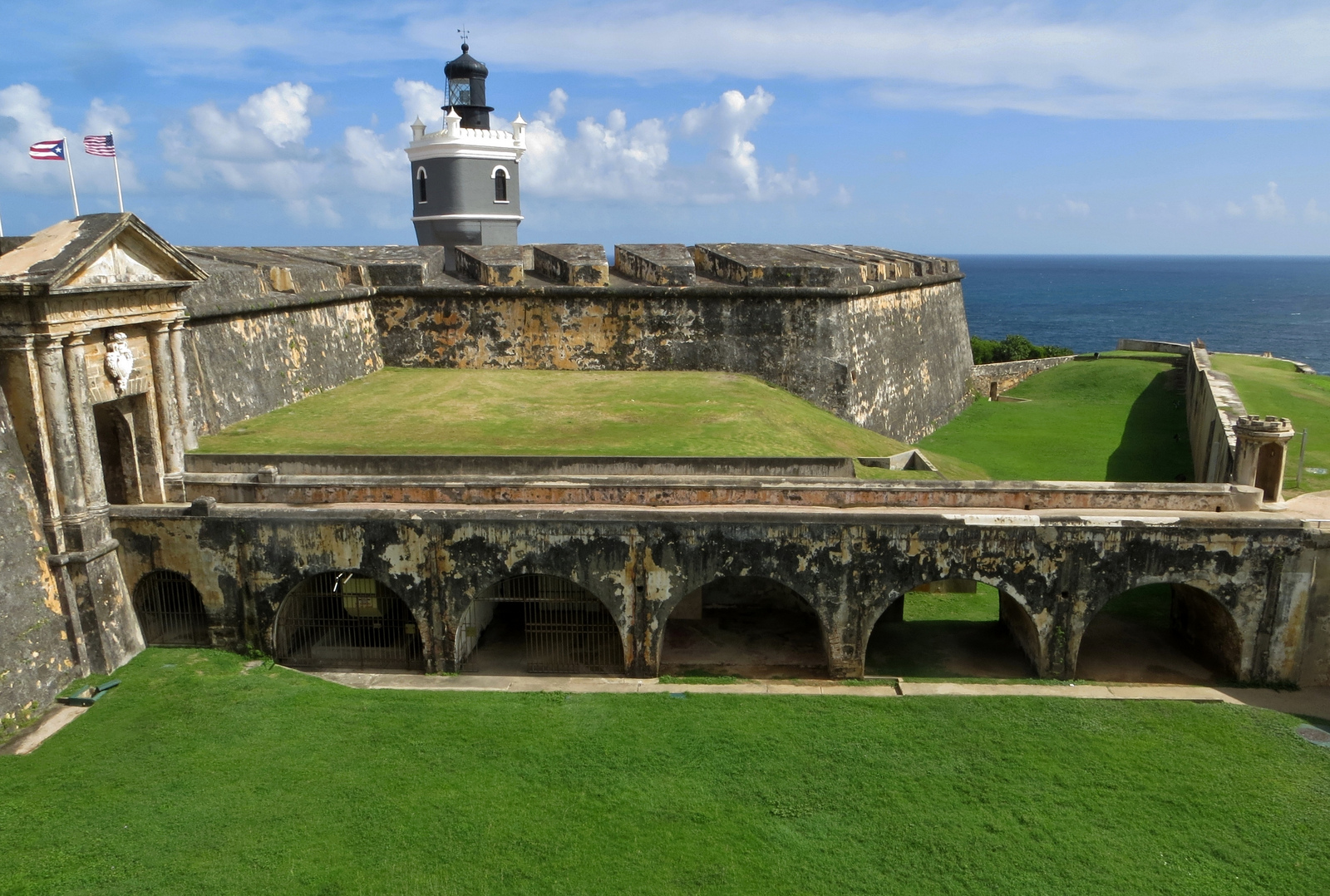
Castillo San Felipe del Morro, built 1539-1786 to protect the entrance to San Juan Bay and San Juan harbor.
And all this in spite of the fact that San Juan never played a major role in the Spanish colonial administration. Ironically, it remained under the jurisdiction of the Real Audiencia of Santo Domingo. But Santo Domingo failed to thrive because it could offer only a modest seaport consisting of the mouth of the Río Ozama, a minor river, which was protected by a small barrier island. The harbor was difficult to defend, in spite of the Fortaleza Ozama next to it, built 1502-1505. As trade picked up substantially within a few decades, this port could neither provide the needed capacity nor offer sufficient protection.
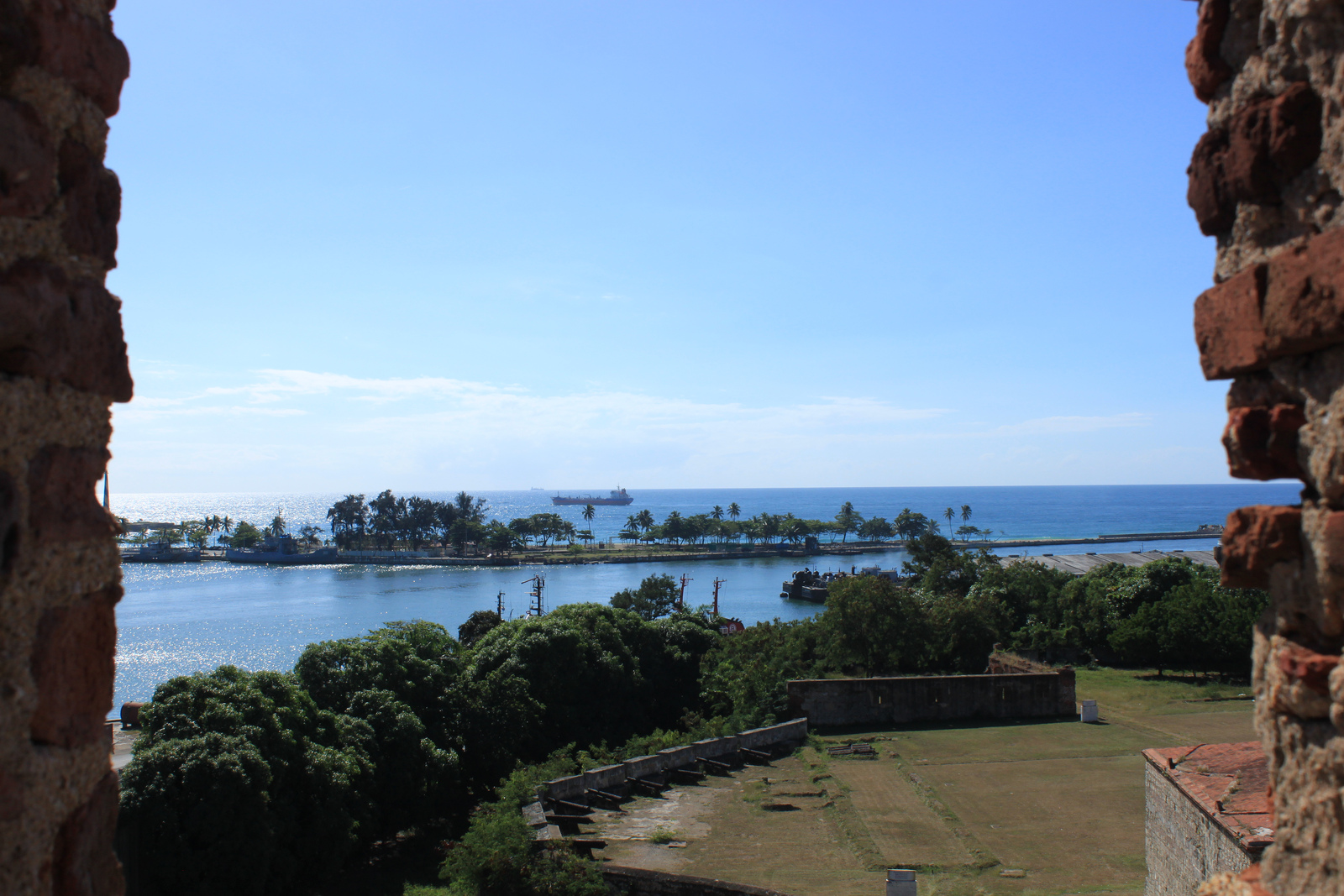
Entrance to the Santo Domingo harbor, protected by a small barrier island, seen from the Fortaleza Ozama (1502-05).
The Spanish needed a large and safe seaport as the Western anchor of the Atlantic crossing. This was critical as ships sometimes needed to wait for weeks or months for favorable trade winds to guarantee safe and expedient passage to Spain. Inversely, Puerto Rico was the first large island with food, a reliable fresh water supply, shelter and a secure deep-water port the weary sailors en route from Spain encountered in the Americas. It also was important to have a safe place to repair ships and to tend to sick crew members. San Juan Bay offered all of that.
These factors, plus the favorable location on the course of the eastern trade winds, gave San Juan and Puerto Rico great military, economic, and strategic importance: its harbor could protect merchant fleets and offered a safe point from which warships could be dispatched to maintain control over the Caribbean. While the Spaniards ceded the Western portion of Hispaniola (now Haiti) to France in 1697 and lost control of Santo Domingo in 1801, they vigorously defended San Juan and its strategic harbor entrance for almost 400 years–until Puerto Rico was ceded to the United States in 1898.
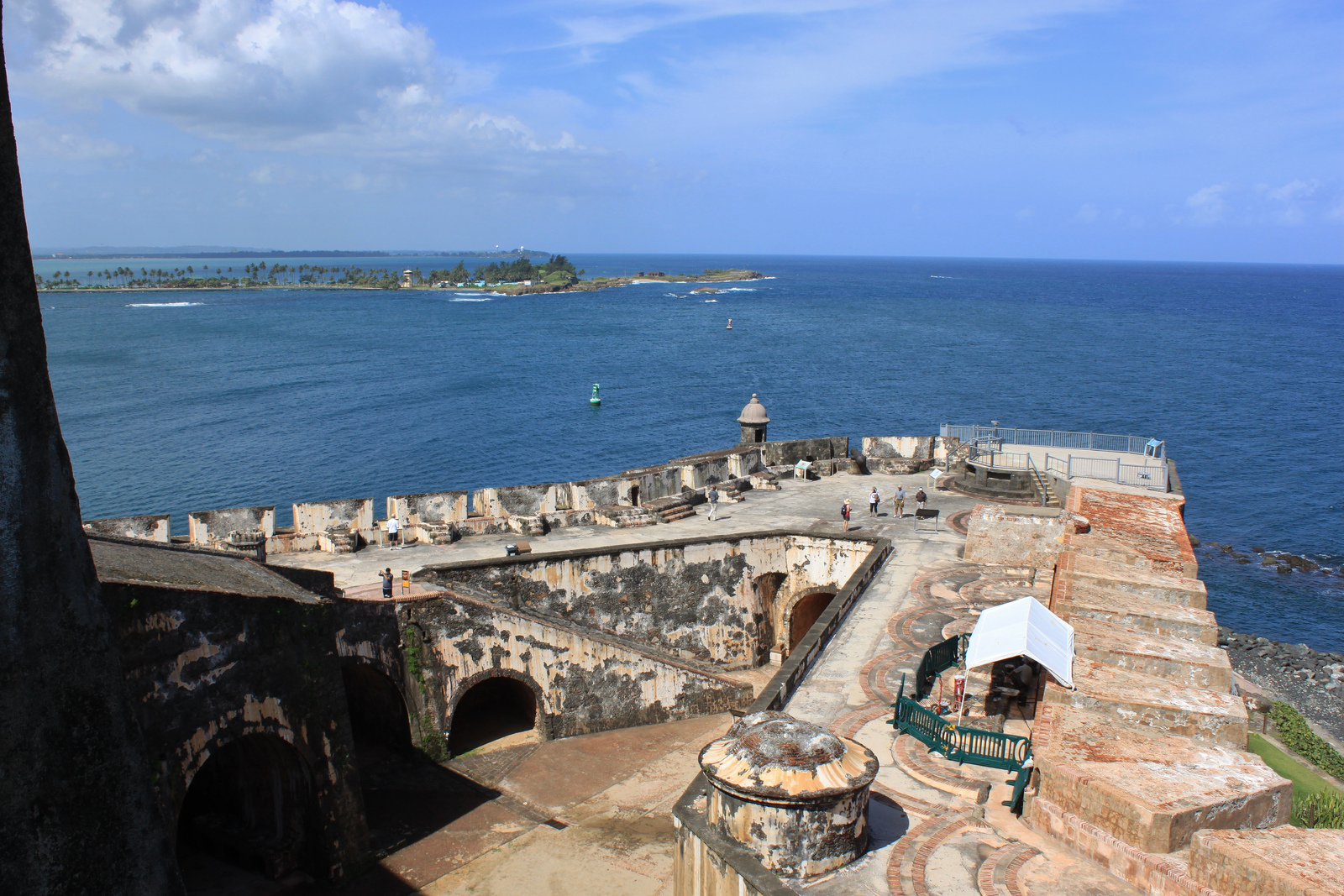
Castillo San Felipe del Morro controlling the entrance to San Juan Bay–the most important half mile in the Americas.
Puerto Rico is only a footnote in the history of the Conquest as it never played a major political role–in contrast to Santo Domingo which was the political center of the first phase of the Conquest. So the fact that the Spanish invested heavily in the massive defense infrastructure in San Juan is surprising to the uninitiated visitor. But we tend to overlook the centrality of trade and commerce in the Conquest of the New World. San Juan became a major hub in the Spanish trade in silver and gold, and that is the true significance of the city: the San Juan seaport was used by merchant and military ships traveling from Spain as the first stopover in the Americas, but it also was the port where ships heading to Spain prepared for the transatlantic voyage. So the fortifications served to protect the lucrative trade in silver and gold and thus one of the major hubs in the early modern trade network and of the first age of globalization.
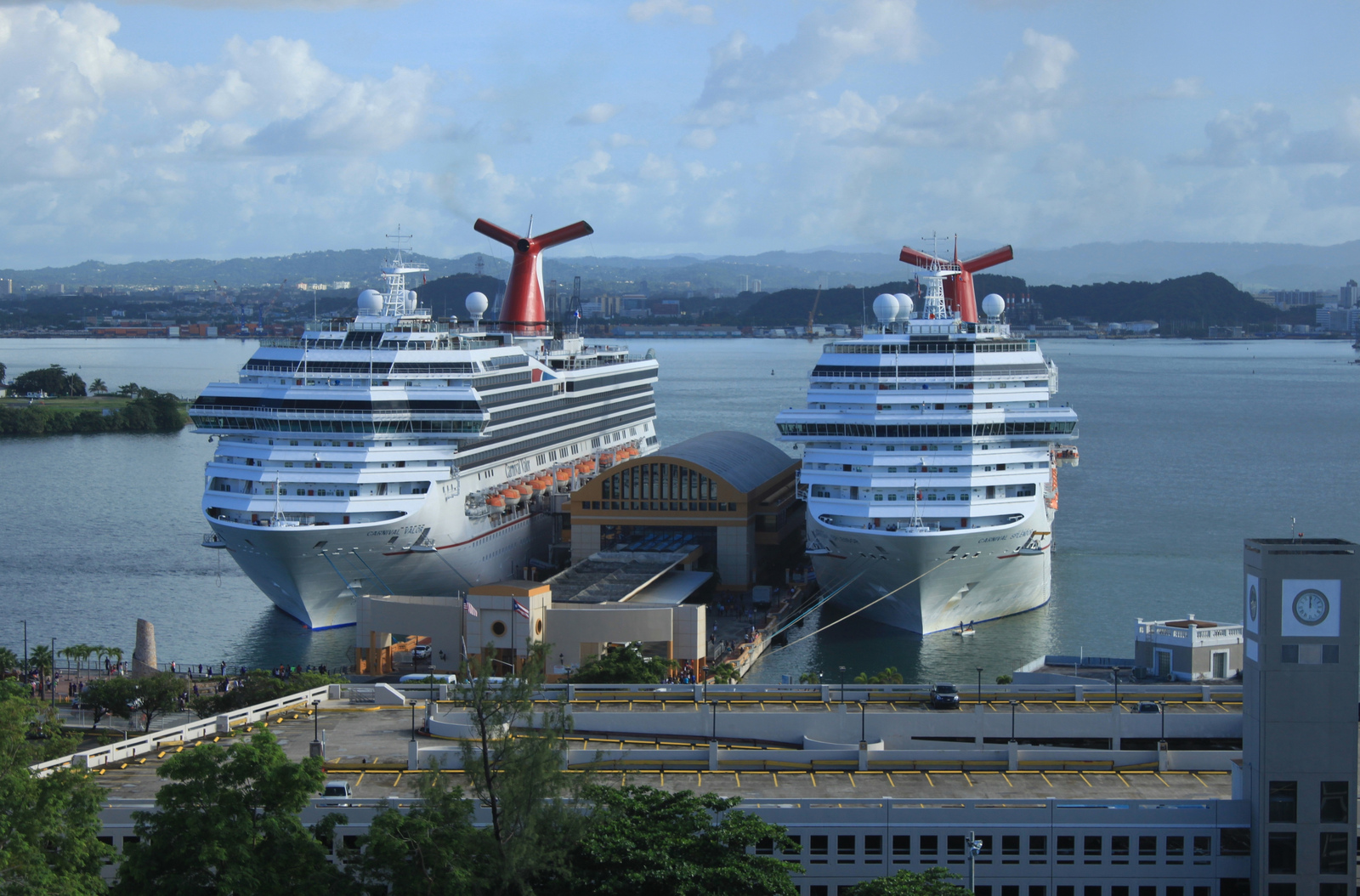
The large, protected San Juan Bay could give shelter to large merchant fleets and to Spanish war ships. Today, it is lined with harbor installations. As these two large cruise ships indicate, San Juan now is part of a different kind of global network.
